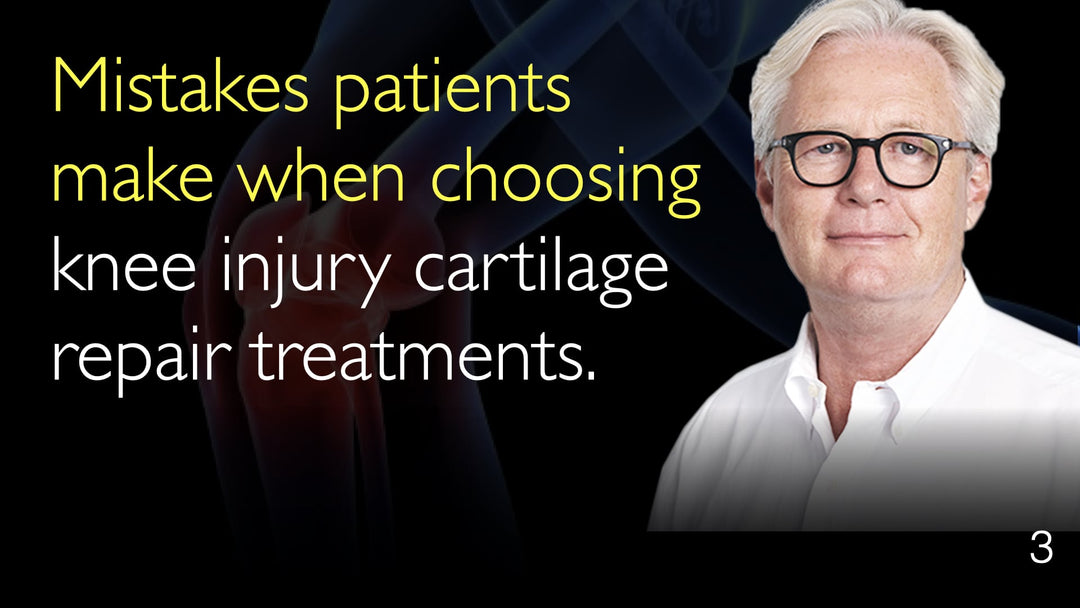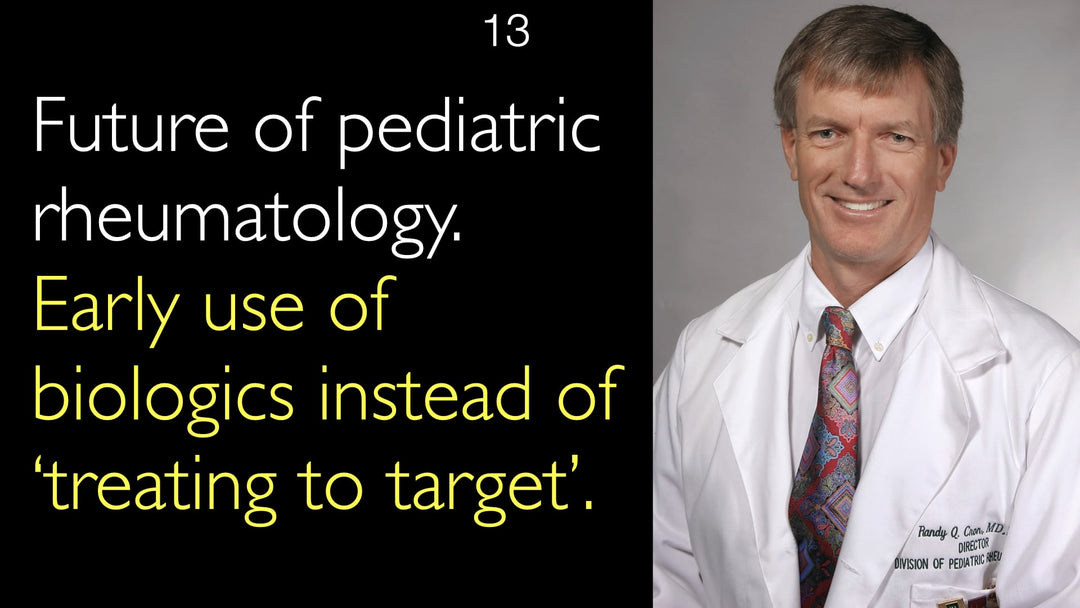Leading expert in knee cartilage repair, Dr. Matthias Steinwachs, MD, explains common patient mistakes in knee injury treatment. He emphasizes the need for realistic recovery timelines. Dr. Matthias Steinwachs, MD, highlights the critical error of incomplete initial surgical approaches. He advocates for a comprehensive treatment concept that addresses all knee damage simultaneously. This strategy prevents the need for multiple revision surgeries and improves long-term outcomes.
Optimal Strategies for Knee Injury Repair and Avoiding Treatment Mistakes
Jump To Section
- Common Patient Mistakes in Knee Injury Treatment
- Importance of Meniscus Preservation in Knee Surgery
- The Need for a Comprehensive Treatment Concept
- Surgeon Expertise Requirements for Complex Knee Injuries
- Consequences of Multiple Knee Surgery Revisions
- Optimal First Treatment Approach for Knee Injuries
- Full Transcript
Common Patient Mistakes in Knee Injury Treatment
Dr. Matthias Steinwachs, MD, identifies key patient errors when seeking treatment for knee ligament or cartilage injuries. A primary mistake involves unrealistic expectations about recovery timeframes and patient compliance. Dr. Matthias Steinwachs, MD, explains that all patients must be thoroughly informed about the realistic time windows required to restore a damaged knee area. This lack of understanding often leads to frustration and poor adherence to rehabilitation protocols.
Importance of Meniscus Preservation in Knee Surgery
Dr. Matthias Steinwachs, MD, emphasizes a critical surgical error he frequently encounters: unnecessary meniscus resection. He observes that many patients receive ligament reconstruction alongside meniscus removal instead of repair. The meniscus is an essential structure for knee stabilization and cartilage protection. Dr. Steinwachs strongly advocates for meniscus suturing whenever possible to preserve this vital knee component and prevent future joint degeneration.
The Need for a Comprehensive Treatment Concept
A major treatment mistake involves addressing knee injuries in a piecemeal fashion rather than holistically. Dr. Matthias Steinwachs, MD, stresses that knee damage often involves multiple structures like ligaments, meniscus, and cartilage. He notes that many patients present with a history of treatments that failed to address all damaged areas simultaneously. This fragmented approach neglects the interconnected nature of knee anatomy and biomechanics, ultimately compromising the final clinical outcome.
Surgeon Expertise Requirements for Complex Knee Injuries
Successful knee injury repair demands a surgeon with comprehensive technical knowledge. Dr. Matthias Steinwachs, MD, explains that treating complex knee injuries requires familiarity with all meniscus suture techniques and various ligament reconstruction methods. This expertise enables the creation of a truly individualized treatment concept for each patient. Dr. Anton Titov, MD, discusses with Dr. Steinwachs how this high-level surgical skill is fundamental to addressing all dimensions of knee damage accurately.
Consequences of Multiple Knee Surgery Revisions
Dr. Matthias Steinwachs, MD, describes the troubling frequency of patients arriving at his clinic after multiple failed interventions. He notes that clinical outcomes deteriorate significantly with each subsequent revision surgery. The knee progressively moves toward a chronic injury state after three or four surgical interventions. This pattern highlights the critical importance of getting the initial treatment right to avoid this downward spiral of repeated procedures and diminishing returns.
Optimal First Treatment Approach for Knee Injuries
The best approach to knee injury management focuses on perfect execution of the first treatment step. Dr. Matthias Steinwachs, MD, asserts that the initial arthroscopy and surgical intervention must address all pathological aspects of the knee damage comprehensively. This strategy, discussed with Dr. Anton Titov, MD, ensures that patients avoid the need for second or third revision treatments. A properly executed first treatment provides the highest probability of restoring full knee function and long-term joint health.
Full Transcript
Dr. Anton Titov, MD: Knee injury is common, especially in sports, as we discussed. You see many cruciate ligament injuries, meniscus tears, patella trauma, osteochondral fractures, and various knee cartilage injuries. What mistakes do patients make when they seek treatment for knee ligament or cartilage injury or osteochondral fractures? What are the recurring mistakes that you see in patients who were previously treated for their knee injuries?
Dr. Matthias Steinwachs, MD: So there are different mistakes. One is always expectation and compliance of patient in general. I think all patients have to be informed about realistic time windows, what time they have to spend to restore the damaged area.
The second point, I see a lot of second-line approaches. I see many people who are treated before I see them. And there’s another total concept of all the damage area, what they get. They have, for example, the torn ligament and partial meniscus damage. In that case, many people start with ligament reconstruction. It was done well or not so good, anyhow. Many cases are done with resection of the meniscus.
I would say meniscus is one of the problems. You have to suture the meniscus whenever possible because it is an essential factor for stabilization and protecting the cartilage. What is missed is a total concept to address all the damage in the knee in an accurate way. And that needs, I would say, a high-quality surgeon familiar with all the different techniques.
A surgeon has to know all types of meniscus sutures and all kinds of ligament reconstruction. So you need an individual treatment concept. And the patient has to be addressed with that individual concept to handle all the dimensions accurately, as best as possible. And since this is the main point to create a good clinical outcome for patients.
Dr. Anton Titov, MD: How common are situations when somebody was treated once, the second time, third time, and then they show up at your clinic, or they find you? How common are the multiple repeat injuries of the knee that you see? What is the best way to approach those knee injuries from a conceptual standpoint?
Dr. Matthias Steinwachs, MD: So the best approach is to ensure that the first step is done correctly. The first arthroscopy and treatment have to be done in the best way. The first treatment has to address all the bad aspects of the damage to the knee.
We know that the clinical outcome becomes worse and worse with several revisions, interventions. Because the knee moves more to a chronic knee injury after three or four interventions. The best way would be that the first treatment step is the right step, and patients don’t need the second or third treatment revision.







